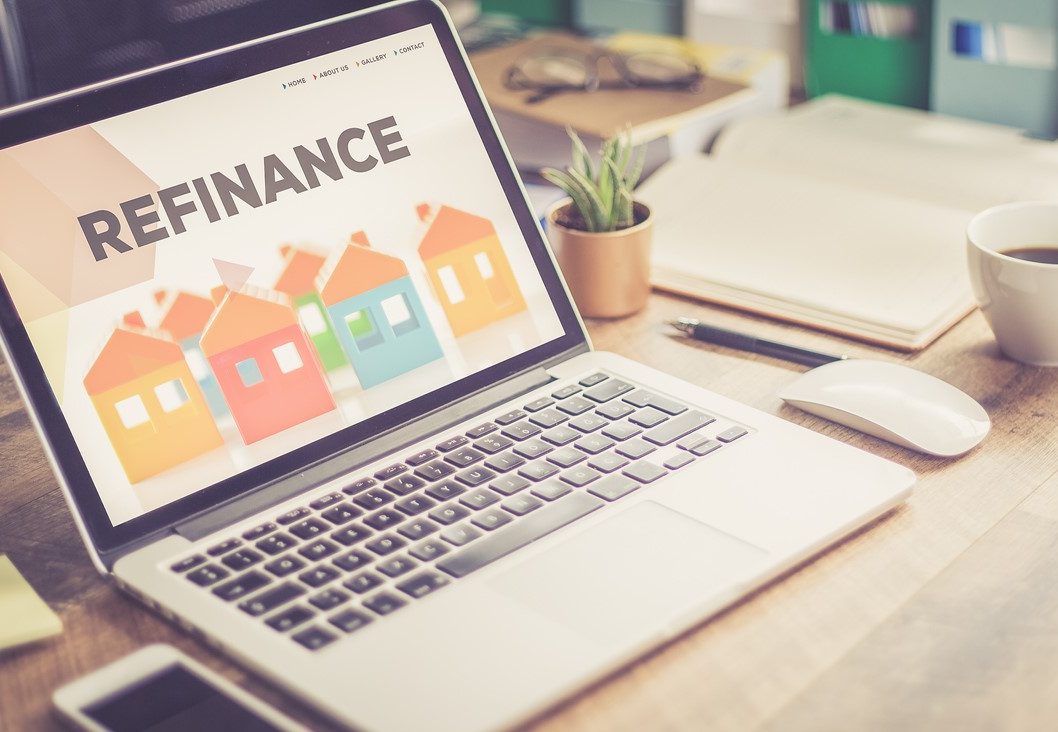Loading article content…
Can you buy before you sell? How 'bridging' finance works

Categories:
- Sustainability
- Helping Hand Grants
- EOFY Essentials
- Partner Posts
- Home Buying and Borrowing
- Practice Purchase and Growth
- SMSF Borrowing and Benefits
- Practice Equipment and Fitout
- Health and Lifestyle
- Guides to Download
- Travel Series
- Practice + Life Case Studies
- News and Media
- Women in Medicine Series
- In Conversation Webinars
- Finance Tips
- Beyond Graduation

